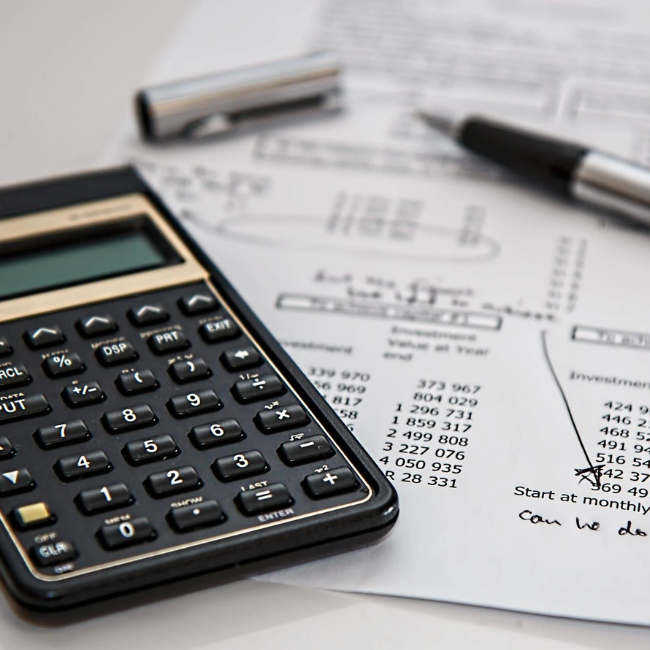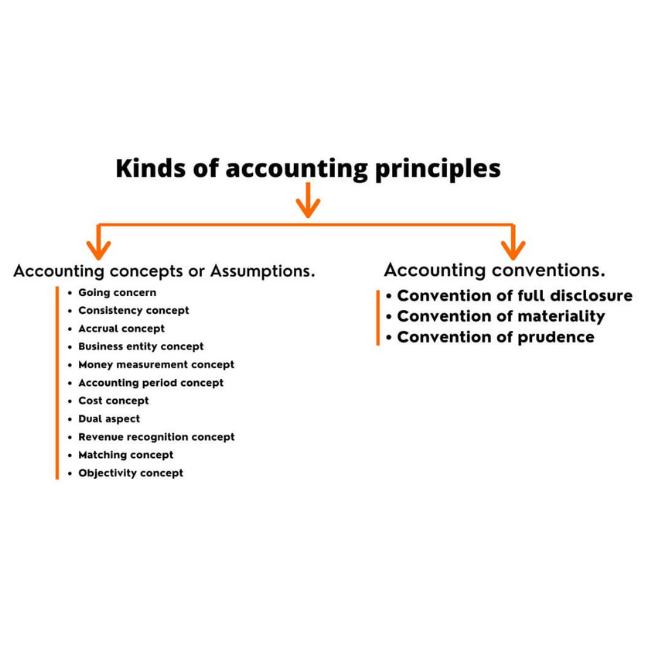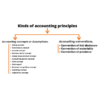Accounting concepts and conventions
Sale!
R69.00
Use, by you or one client, in a single end product which end users are not charged for. The total price includes the item price and a buyer fee.
Resource Description
Concepts:
- Business entity concept states owner and business are two different entities in the eye of law
- Money measurement concept states only financial transactions need to be recorded in the books of accounts.
- Going concern concept states that business will continue to operate for an indefinite period of time
- Cost concept states assets will be recorded in the books at cost price though it’s market value will change with passage of time.
- Dual Aspect concept states that every transaction has two fold effects and double entry system of book keeping has to be followed while recording the transactions.
- Periodicity concept states the whole life of business is divided into different accounting periods say for example one year period to facilitate preparation of financial statements.
- Matching concept states expenses relating to particular period are to be matched with revenues relating to that period.
- Realisation concept which states that revenue is recognized to be earned on the date on which it is realized.
- Objective evidence concept states that every transaction should be supported by a reliable evidence to avoid frauds.
- According to accrual concept, the effects of the transactions are recognised on mercantile basis, i.e., when they occur and not when cash is paid or received.
Conventions:
- Convention of consistency states that accounting rules and procedures should be followed consistently year after year to facilitate comparison.
- Convention of full disclosure implies that the accounts must be prepared honestly and all material information should be disclosed in the accounting statement.
- Convention of materiality states that all material transactions have to be disclosed in financial statements. Whether a transaction is material or immaterial depends according to size of the organization.
- Convention of conservatism states – provide for probable losses though not for probable gains.



 KES(KSh)
KES(KSh) USD($)
USD($) GBP(£)
GBP(£) GHS(₵)
GHS(₵) NGN(₦)
NGN(₦) MUR(₨)
MUR(₨) BWP(P)
BWP(P) AUD($)
AUD($) TZS(Sh)
TZS(Sh) INR(₹)
INR(₹) PHP(₱)
PHP(₱) AED(د.إ)
AED(د.إ)






